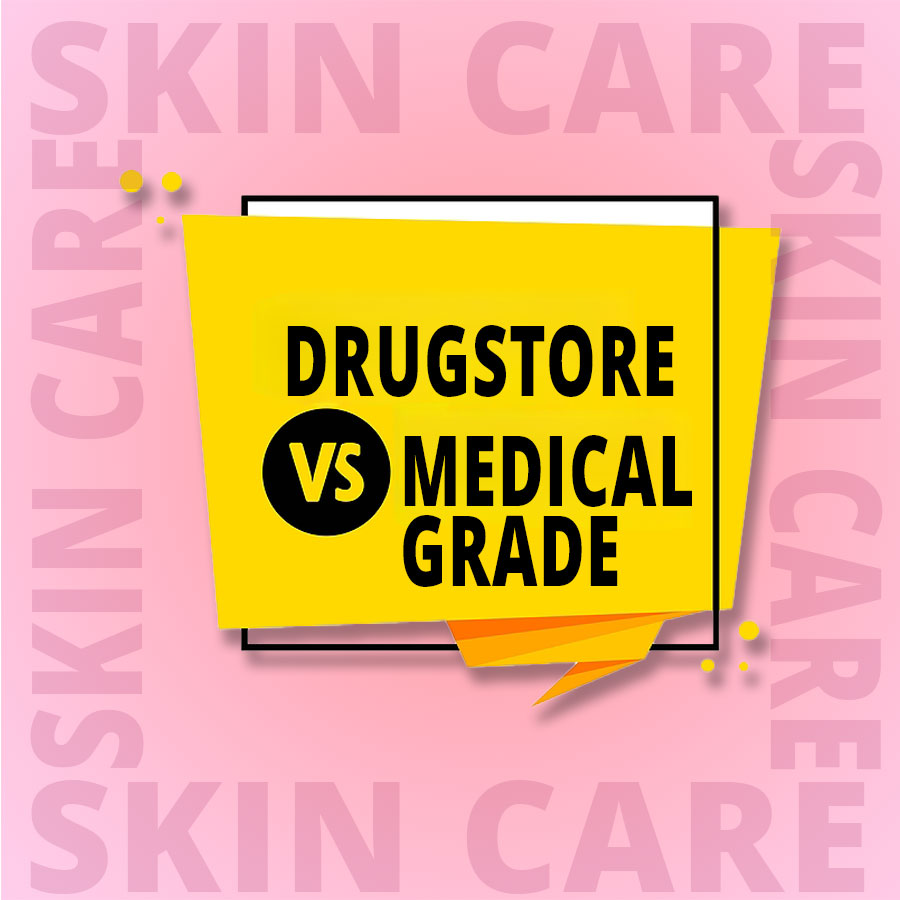
We’ve all been there — standing in the skin care aisle, surrounded by products that promise glowing, youthful skin for under $20. Then, on the other end, you see sleek products from our office or spas with a much higher price tag. Patients often ask me: “Do I really need the expensive stuff, or are drugstore products good enough?”
The truth? Both can have a place in your routine.
Drugstore Skin Care: Simple, Effective, and Affordable
Drugstore brands are made for a wide audience, which means they tend to be gentle, budget-friendly, and easy to find. While they may not be as potent as medical-grade formulas, they absolutely can play an important role in your routine.
Some of my top recommendations for dependable, everyday products include:
- CeraVe – Excellent cleansers, moisturizers, and sunscreens that hydrate without irritation.
- Neutrogena – Reliable cleansers and sunscreens that are gentle yet effective.
- La Roche-Posay – Great for sensitive skin, with soothing moisturizers and sun protection.
- Cetaphil – Affordable, dermatologist-tested options for sensitive or reactive skin.
These brands are perfect for the basics: cleansing, moisturizing, and sun protection. They give you a solid foundation without breaking the bank.
Medical-Grade Skin Care: Backed by Science
Medical-grade skin care is different. These products are created with higher concentrations of active ingredients, designed to go deeper into the skin and deliver results you can see. They’re also backed by clinical studies, which is why we recommend them when you want to address specific issues such as fine lines, sun damage, acne, or uneven pigmentation concerns.
One of my favorite lines is SkinCeuticals. The advanced antioxidants are truly game-changers:
- C E Ferulic – Brightens skin, firms, and protects against sun and pollution damage.
- Phloretin CF – Great for oily or discoloration-prone skin, helping even tone and protect.
- P-Tiox – A next-generation treatment for fine lines and wrinkles, especially effective when paired with other anti-aging treatments.
These products are an investment, but my patients using them see real transformations in their skin with consistent use.
When to Save
Not every product has to be medical-grade! Save on:
- Cleansers – CeraVe, Neutrogena, La Roche-Posay, or Cetaphil all do the job beautifully.
- Moisturizers – Affordable formulas hydrate just as well as pricier ones.
- Sunscreen – Many drugstore sunscreens provide excellent protection. Just pick one that’s a broad spectrum with at least SPF 30 that you’ll actually use daily.
When to Splurge
Invest in products where science makes the biggest difference:
- Retinols/Retinoids – For texture, fine lines, and overall skin health.
- Antioxidants (like C E Ferulic and Phloretin CF) – To prevent and correct sun damage and signs of aging.
- Targeted treatments (like P-Tiox) – For patients serious about anti-aging and advanced skin concerns.
A good drugstore cleanser will clean your skin; a medical-grade antioxidant can change it.
Choose What Fits Your Needs
Healthy skin doesn’t have to mean breaking the bank. A smart routine often combines both: maybe pair a CeraVe or Cetaphil cleanser and moisturizer with a SkinCeuticals antioxidant serum. What matters most is choosing products that fit your unique needs and consistently using them.
At Nima Skin Institute, we work with patients to build routines that make sense for their skin and their budget. The goal is not to overwhelm you. It’s to create a routine that works, and that you’ll actually enjoy following.
Save on the basics. Splurge where it counts. And remember that you don’t have to figure it out alone. Please feel free to contact us and let us help guide you towards the right mix for your healthiest, most radiant skin.
